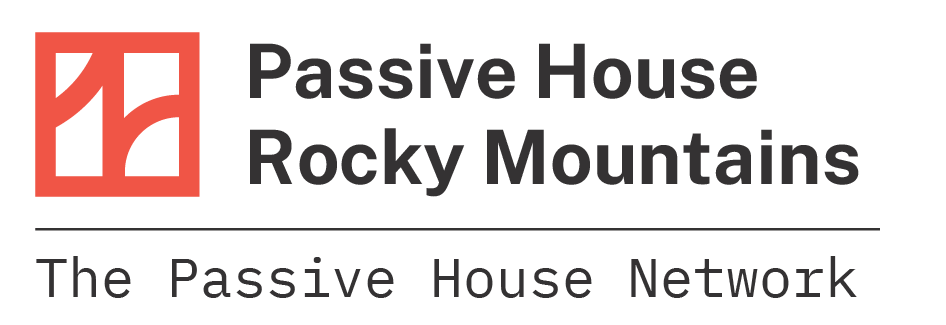Passive house (German: Passivhaus) is a rigorous, voluntary standard for energy efficiency in a building, reducing its ecological footprint. It results in buildings that require little energy for space heating or cooling.
There are many specific and rigorous things to note when describing a Passive House. It is a system that works beautifully, orchestrated by its many parts. The result of a highly coordinated design is that a space can be comfortable and consistent, while offering a reliable and resilient future to its inhabitants. Passive House's third party verification and constant feedback from the field ensures performance as promised.
The most comfortable house you can build.
The Passive House Standard is best known as the world’s leading standard in energy efficient design. While that may be true, many don’t often realize that the Passive House Standard is at the same time a standard of comfort: it ensures a building is free of cold spots, overheating, inefficiencies and drafts, and is provided with a constant supply of clean and fresh air.
A Passive House is one that by design must relate to its surroundings. The designer must calibrate conditions from the geographic location, sun exposure and immediate surroundings to determine the most advantageous placement of the building. The designer next applies the best of modern building science to maximize energy savings, provide generous natural light, fresh air and appropriate materials and systems. The result is a building that delivers superior comfort, value and performance.
Why is Passive House perfect for a home in the Rocky Mountain West?
Awareness of our surroundings – isn’t it beautiful in the West? Doesn’t that beauty remind you often of why you live where you do? A PH building reflects and capitalizes on those surrounding qualities.
Awareness that we play a part in a larger system – a team, a community, an ecosystem. Those that live in the West also share its attractive resources.
Appreciation for things that work well as a result of focused effort. Those in the West seem to appreciate high levels of performance. That could mean a range of things, from summiting mountain peaks to successfully harvesting a crop; but both involve identifying effective strategies and implementing them to get to where you want to go.
Winter is coming. Resiliency is a necessary quality, and not just the rural areas. A PH building responds to extreme weather with consistent comfortable space.
Return on investment. Heating a building during the long winter months is expensive, and a PH building dramatically reduces that cost.
Passive House works well for almost any type of building, from skyscrapers to micro houses. Because the standard is based on physics it provide designers a powerful tool in designing near zero energy buildings which keeps the promise of performance for a lifetime.
Secondary Homes. Do you live in your home in the West full time? If not, we forgive you, and hope you consider a PH building that will require the least amount of resources to maintain while you are away.







